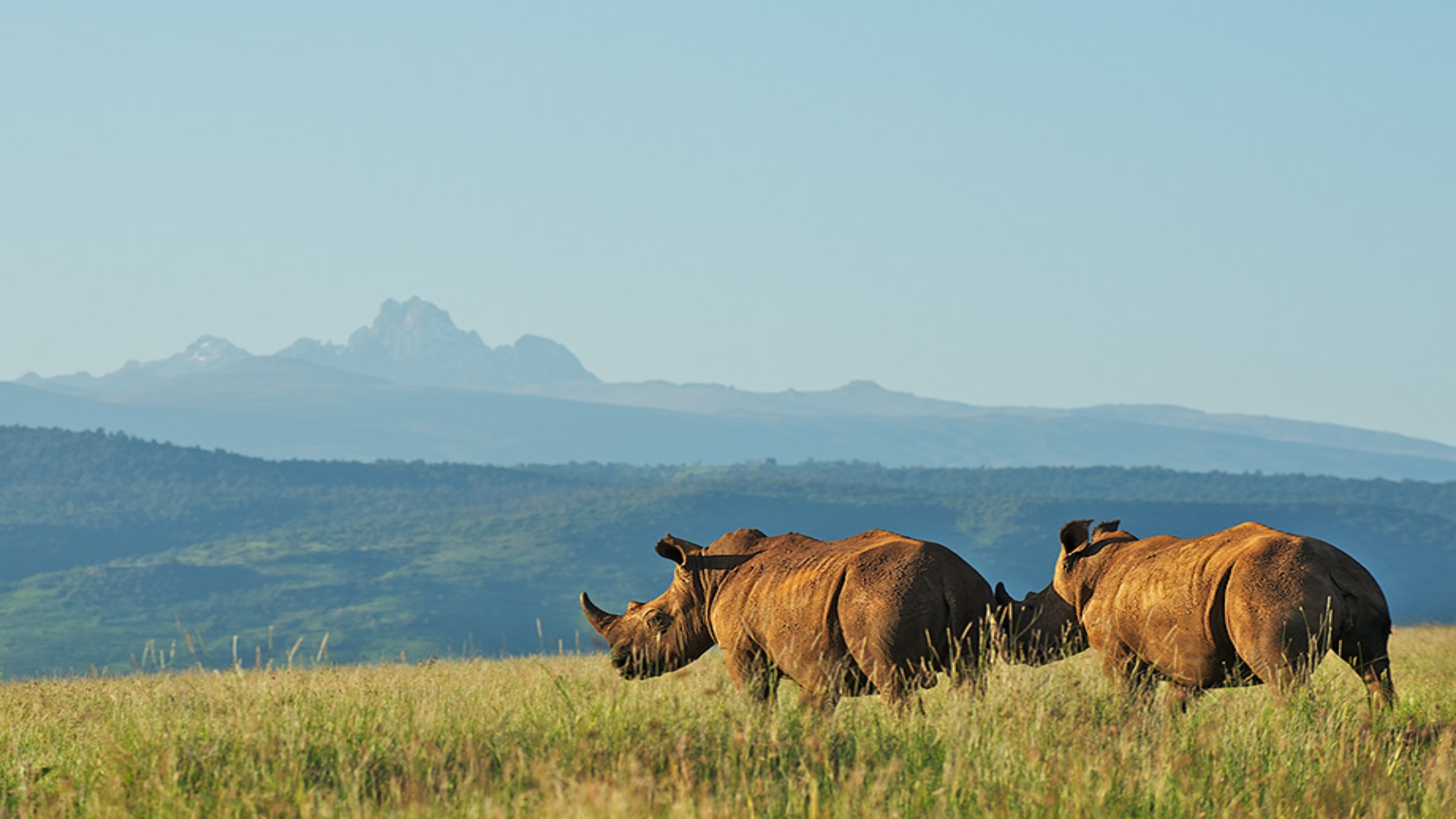Mount Kenya National Park is a protected region around Mount Kenya, the tallest mountain in the nation and the second-highest peak in Africa after Mount Kilimanjaro. Approximately 715 square kilometers (276 square miles) in size, the national park was given the UNESCO World Heritage designation in 1997.Around 90 kilometers north of the equator and roughly 150 kilometers north-northeast of the country’s capital Nairobi, Mount Kenya may be found in the former Eastern and Central Provinces of Kenya, which are now known as Meru, Embu, Laikipia, Kirinyaga, Nyeri, and Tharaka Nithi counties.
The Mount Kenya National Park is renowned for its varied ecology, which includes glaciers, pristine forests, and alpine moorlands. Numerous plant and animal species, including several endemic and rare ones, can find habitat there. Hikers, climbers, and nature lovers go to the park to enjoy its beautiful vistas and diverse fauna, making it a paradise for them.

With a height of 5,199 meters (17,057 feet), Batian is the highest peak on the mountain itself. At 4,985 meters (16,355 feet), Lenana is the trekkers’ favorite summit. A variety of routes up Mount Kenya, each with a distinct degree of difficulty, draw both seasoned climbers and daring newbies.
Visitors can engage in pursuits including hiking, trekking, birdwatching, wildlife viewing, and camping inside the national park. Elephants, buffalo, leopards, hyenas, antelopes, and other types of primates and birds are among the unique animals that call the park home. However, because of the dense foliage and rugged terrain, wildlife spotting can be more difficult than in Kenya’s other national parks.

Usually, one enters Nanyuki or Meru to reach Mount Kenya National Park. Sirimon, Naro Moru, and Chogoria are just a few of the entrances that give access to various areas of the park. It’s crucial to remember that climbing Mount Kenya takes careful preparation, permission, and occasionally the help of knowledgeable guides.


